Did you know dogs have been guarding homes for over 10,000 years? Before doorbell cameras, people relied on paws, not pixels. If you're thinking about guard dog training, you're tapping into an ancient skillset that's still super effective today.
Whether you're protecting your home, property, or just want your pup to stop strangers at the gate, this guide breaks it all down.
Which breeds do best? What commands matter most? Can your puppy grow into a personal protector? We're answering all of that—so stick around, dog lovers. This guide's got bark and bite.
What is Guard Dog Training?

Guard dog training teaches dogs how to protect homes, people, and property. It starts with basic obedience and builds up to advanced skills like stopping on command, barking at intruders, and staying calm under pressure. This training helps dogs stay sharp, focused, and ready for real situations.
When done right, it turns a regular pup into a reliable protector who knows how to act when it counts. The right training makes all the difference in your dog's behavior.
What is the Difference Between a Guard Dog and a Protection Dog?
A guard dog protects the space around them. A protection dog defends the person beside them. Guard dogs stay outside, watch for danger, and scare off intruders. Protection dogs stay close, move with their person, and respond to threats directly.
Both need strong obedience skills and confidence around people and animals. Personal protection dogs go through more social training and learn how to stay calm when someone new walks up. Each type plays a different but important role.
Why Train a Guard Dog?
Training helps a dog understand when to step up and when to relax. A trained guard dog can spot trouble, follow commands, and avoid overreacting. It also reduces bad habits like barking at neighbors or chasing other pets.
Clear guidance builds confidence and trust between you and your dog. You're giving your dog a job and teaching them how to do it right. Training makes your dog safer, smarter, and more prepared to protect what matters.
Key Characteristics of a Guard Dog
The perfect guard dog doesn't just bark at the mailman. They need the right mix of smarts, confidence, and control to do the job well. Certain traits make them easier to train and better at spotting potential threats. Here's what to look for:
- Loyal and alert. Always tune into their surroundings and are quick to notice changes.
- Confident but calm. Won't panic when a stranger approaches.
- Obedient and focused. Follows basic commands without hesitation.
- Protective instincts. Knows when to step in and when to hold back.
- Strong build and stamina. Has the size and energy to follow through.
Best Breeds for Guard Dog Training
Some breeds are naturally better suited for guard dog training than others. These dogs tend to be sharp, loyal, and eager to learn. The right breed makes a big difference when it's time to train your dog. Breeds like the German Shepherd, Doberman, Rottweiler, Belgian Malinois, and Cane Corso all make top choices. They respond well to obedience training and have strong protective instincts that match real-world training needs.
Preparing Your Dog for Guard Training
Before jumping into protection training, your dog needs a solid foundation. Think of it like school—no advanced math before learning how to count.
- Early Socialization for Guard Dogs. Introduce your puppy to people, pets, and different places early. This teaches them to stay calm around strangers and prevents them from becoming an aggressive dog. A well-socialized dog can still protect, but won't bark at every moving leaf.
- Basic Obedience Training. This is step one for all dog training. Teach sit, stay, come, and heel. These basic obedience skills help your dog stay focused during training sessions and build a stronger bond with you.
- Use Positive Reinforcement. Reward good behavior with treats, toys, or praise. Positive reinforcement makes the training fun and boosts your dog's confidence. It also helps correct bad dog behavior without fear.
- Work With a Trainer. Find a skilled trainer who knows personal protection training. Specialized training ensures your dog learns in a safe and smart way. A good trainer can spot mistakes and fix them fast.
How to Train a Guard Dog
Guard dog training takes more than barking at the front door. It's a step-by-step process that starts with simple commands and moves toward recognizing real potential threats. With proper training and patience, you can train your dog to become a calm and reliable protector. Let's break it down into four simple steps.
Step 1: Establishing Control with Basic Commands
Start with basic commands like sit, stay, and come. These are the building blocks of all dog training and set the tone for future lessons. Obedience training helps your dog follow directions, even when excited or distracted. Use positive reinforcement during every session to build confidence. When a dog understands how to follow you and your direction, real progress begins. A strong start leads to smarter protection later.
Step 2: Introducing Protective Behaviors
Once your dog gets the hang of the basics, it's time to introduce some guard-specific behaviors. This means helping your dog learn how to recognize and respond to strangers or strange actions in a calm, confident way.
Set up simple practice scenarios. Have a friend knock on the door or approach the fence. Let your dog observe. The goal isn't to make them react wildly—it's to help them stay alert and ready. These sessions teach your dog how to sense potential threats without being jumpy or aggressive.
Step 3: Teaching the Dog to Alert to Danger
Your dog's bark can be a powerful tool when used the right way. Teach them to bark only when it matters.
- Pick a word like "speak" and use it just before they bark.
- Reward them when they bark on command.
- Teach a second word, like "quiet," so they know when to stop.
Practice these steps until your dog learns to bark on command, then stop when told. This controlled alerting is one of the most useful things your dog can learn, especially when someone unfamiliar gets too close.
Step 4: Balancing Aggression and Control
A strong guard dog doesn't mean a wild one. You don't want a dog that reacts to everything or behaves out of fear. You want a dog that can protect with a level head. Avoid promoting aggressive behavior. Instead:
- Stay calm and confident during training
- Reward smart, thoughtful actions
- Redirect outbursts with simple commands
If your dog starts acting out or you're unsure how to handle something, it's perfectly okay to bring in a trainer. The goal is control—not chaos.
Guard Dog Training Techniques
Every dog owner wants a dog that listens under pressure. Real guard dog training means teaching your dog to stay focused even when the world gets loud or chaotic. These next steps help shape a reliable protector. Let's explore how to keep your dog sharp when it matters most.
Handling Distractions During Guard Work
Not all dogs can ignore squirrels, loud noises, or new smells. That's why training needs to include practice with distractions. Use real-world sounds, other pets, or unfamiliar objects during training sessions.
Praise your dog for staying alert and steady. The more you mix things up, the better your dog handles surprises. With proper training, distractions turn into teaching moments that make your protection dog excel.
Bite Work Training for Guard Dogs
To train dogs for protection, bite work is often part of specialized training. It teaches a dog to grab and hold when needed, but only when told. Start with soft sleeves and controlled settings. A pro trainer should guide this process to keep it safe. This is advanced guard dog work, not for beginners. Keep commands clear so the dog understands when to stop and let go.
Common Challenges in Guard Dog Training
Even the best friend with four paws can hit a few bumps during guard dog training. Some dogs get too excited, others get nervous, and a few just don't take the job seriously.
Dog owners need patience, smart training techniques, and time to help their dogs succeed. Let's look at two of the most common issues and how to handle them with confidence and care.
Overcoming Overreaction and Aggression
When training a guard dog, some pups can turn into an aggressive dog too quickly. Instead of protecting, they may react before thinking. Use calm commands and positive reinforcement to help your dog stay in control. Always reward smart choices.
Teach them that staying focused is better than jumping the gun. With obedience training and clear limits, you can reshape those wild reactions into calm confidence.
Dealing with Fear-Based Behavior
Some dogs bark or lash out because they're scared, not strong. Fear can mess with dog behavior, especially if they weren't socialized at a young age. A confident protection dog doesn't panic. Practice slow exposure to noises, people, and other pets to help your dog relax.
If your puppy shows fear, don't push. Use treats and encouragement to build confidence one step at a time.
The Use of CBD for Aggression and Fear

In some cases, natural calming aids like CBD may support guard dogs through the emotional ups and downs of training. CBD may help soothe agitation, nervous behavior, and stress-related aggression by working with your dog’s endocannabinoid system to promote relaxation without sedation.
This potentially makes it easier for dogs to stay focused during training and respond more calmly to new situations. Holistapet’s Calming CBD Products for Dogs are a gentle option for helping your pup stay balanced, especially during high-stimulation lessons or early socialization exercises.
Health and Fitness for Guard Dogs
Strong bodies support sharp minds. To stay alert and ready, a guard dog needs regular movement, healthy meals, and time to rest. Good health keeps the dog focused during training sessions and boosts stamina. Just like athletes, dog owners must keep their pups in top shape to protect them with confidence.
Exercises and Agility Training for Guard Dogs
Guard dogs love a challenge. Keep them fit with daily activities that support protection training.
- Obstacle courses. Build tunnels, hurdles, and platforms for fun and agility.
- Leash drills. Practice turns, stops, and starts to build trust and speed.
- Tug and retrieve games. Great for strength and focus during training sessions.
- Chase and recall drills. Boost speed and test their obedience training.
- Controlled stair climbs. Builds muscle and balance for real-world training needs.
Agility workouts also help build confidence and reduce nervous energy in your pet.
Nutrition for Guard Dogs
A solid guard dog training plan isn't complete without the right food. Guard dogs commonly need more than just basic kibble—they thrive on a high-quality diet that fuels their energy, strength, and focus. Since these dogs are often active and alert, their meals should support both muscle health and mental clarity. Look for food rich in:
- Lean proteins (like chicken, beef, or fish) to support muscle tone
- Omega fatty acids for skin, coat, and brain function
- Vitamins and minerals to keep the immune system sharp
- Fiber and probiotics for healthy digestion
You can also enhance their daily routine with natural wellness support like CBD oil or multivitamin chews. These additions may help promote relaxation, joint support, and recovery after a long day of training. A strong guard dog starts with strong nutrition—feed for performance, not just fullness.
When to Seek Professional Help for Guard Dog Training
Some training needs call for an expert. A professional trainer can guide your dog through tough behaviors and make specialized training safer for everyone. If you notice any of the signs below, it might be time to get help.
- Your Dog Ignores Basic Commands. Even with practice, your dog struggles to follow basic obedience.
- Uncontrolled Aggression or Overreaction. Your dog growls, lunges, or bites without clear reason—too much for home training.
- Fear or Confusion in New Situations. Your pet seems overwhelmed or shuts down when exposed to new people or other pets.
- Training Progress Stalls. You're stuck and don't know how to move forward or handle your dog's behavior.
Final Thoughts on Guard Dog Training
Guard dog training is more than commands. It's a way to shape confidence, trust, and protection. With the right breed, proper training, and lots of patience, dog owners can raise protectors that are loyal, focused, and calm under pressure.
Remember, not all dogs are meant for this role, and that's okay. Whether you're raising a puppy for future guarding or managing an older protection dog, keep their wellness in check.
To support your dog's health and mobility, HolistaPet offers natural CBD treats, joint support chews, and multivitamins for pets. These tasty, calming products can fit into any daily routine—and help your best friend feel their best.



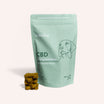


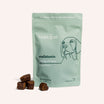
![Probiotics For Dogs [Soft Chews] - HolistaPet](http://www.holistapet.com/cdn/shop/files/Probiotic-Infographic-1_472d7a29-e30c-435a-9638-1365d8c3a9f9.jpg?v=1725384841&width=104)
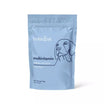








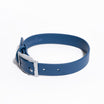
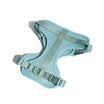
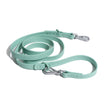

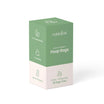
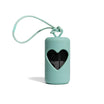

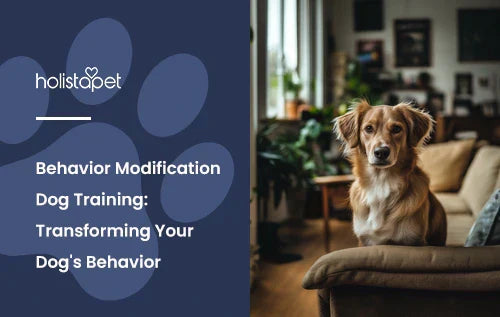
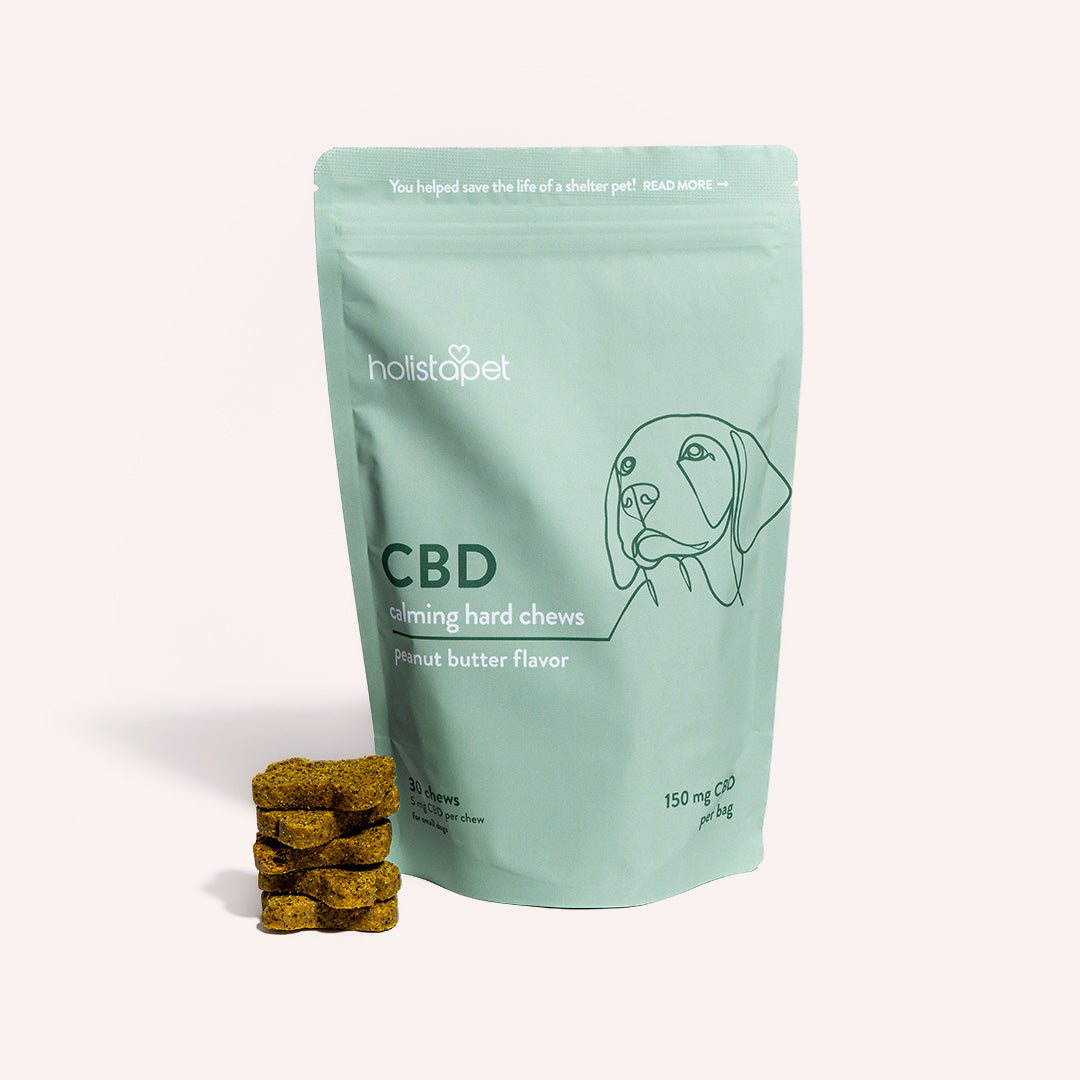


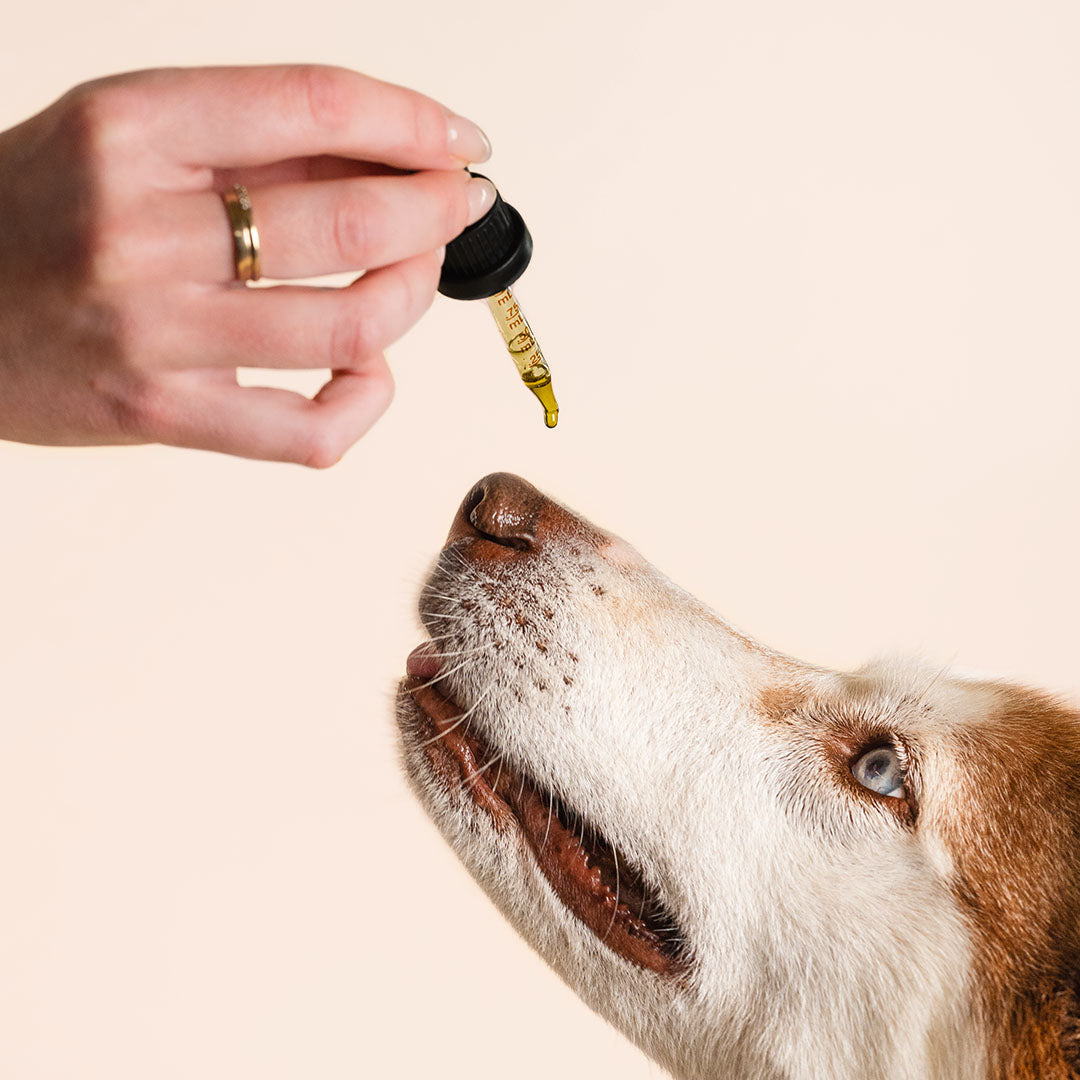


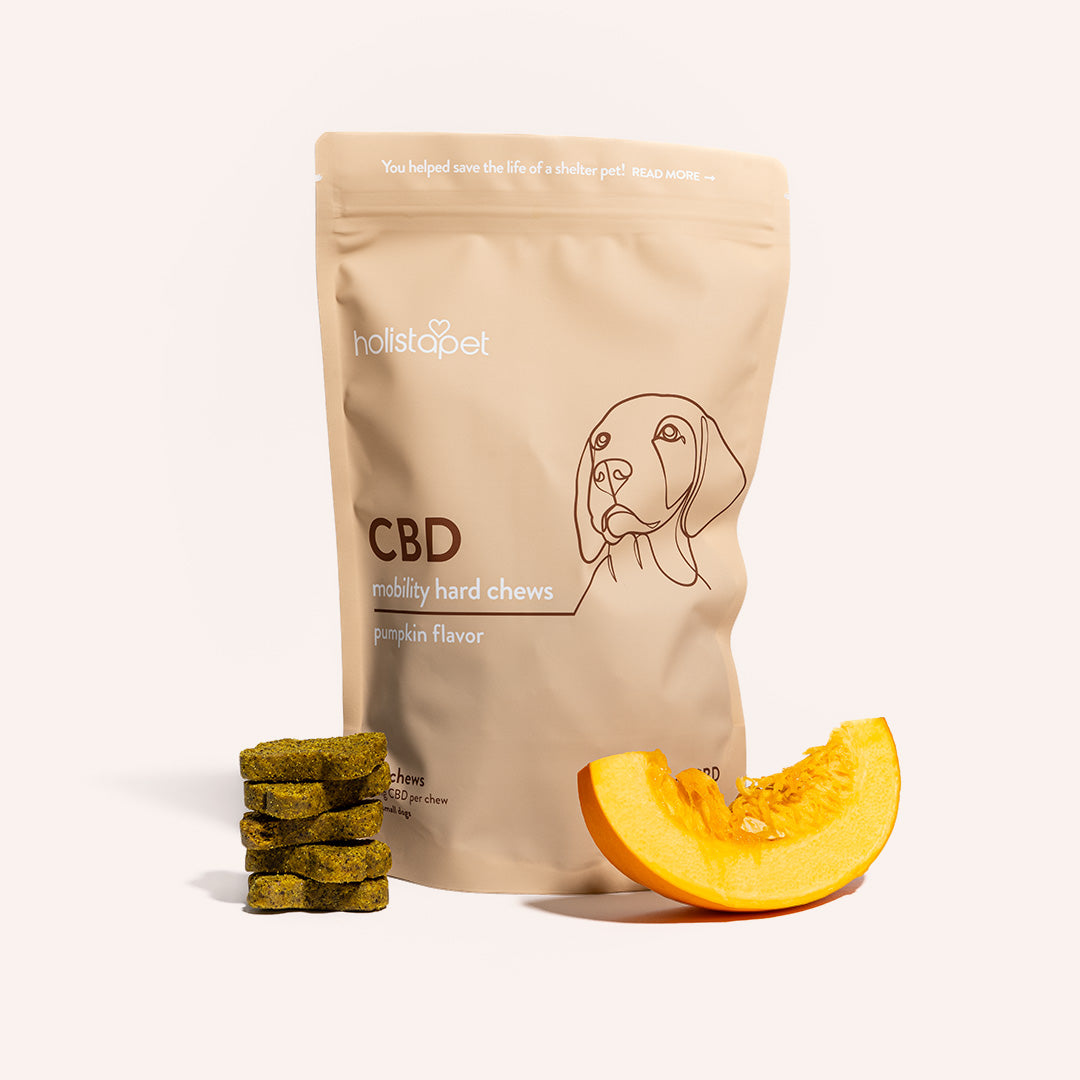


Leave a comment
All comments are moderated before being published.
This site is protected by hCaptcha and the hCaptcha Privacy Policy and Terms of Service apply.